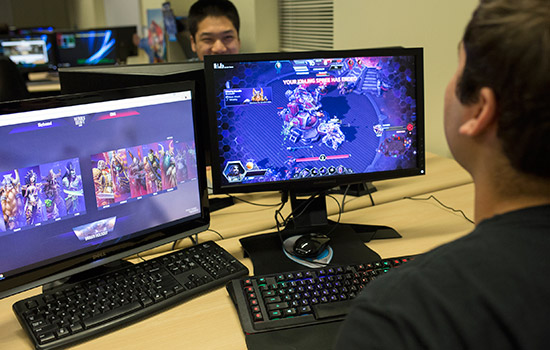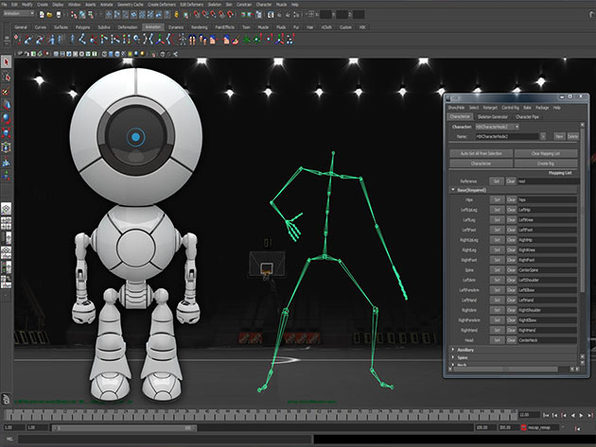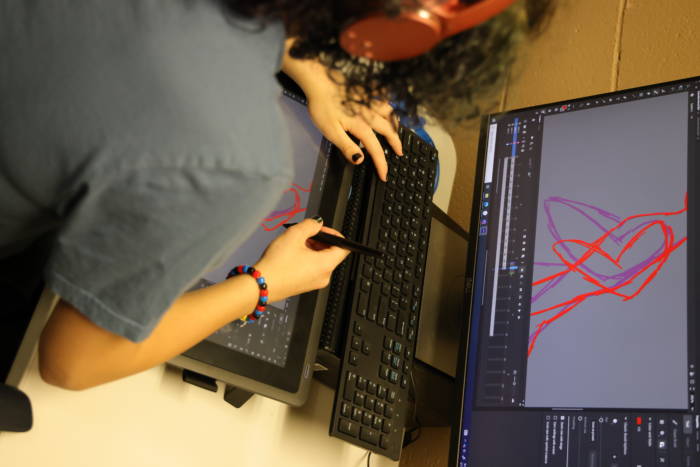Game Design
The Game Design curriculum provides a grounding in the design. storytelling, and in-depth game development coursework. Game Designers author the storyline, writing the plot points, character development, and game objectives that drive the game while developing skills of creativity. critical thinking, communication, collaboration, and technical expertise.

Students completing this pathway develop the skills and knowledge to be creative partners in video game design while building capacity for employment in all areas of the creative workforce.

Courses include:
- Coding for Game Design
- Art of Puzzles and Games
- History of Games
- Sound Design
- Digital Arts
- Integrated Storytelling
- Fundamentals of Virtual Reality

Design is the art of making things work. Game design is about making fun work.
